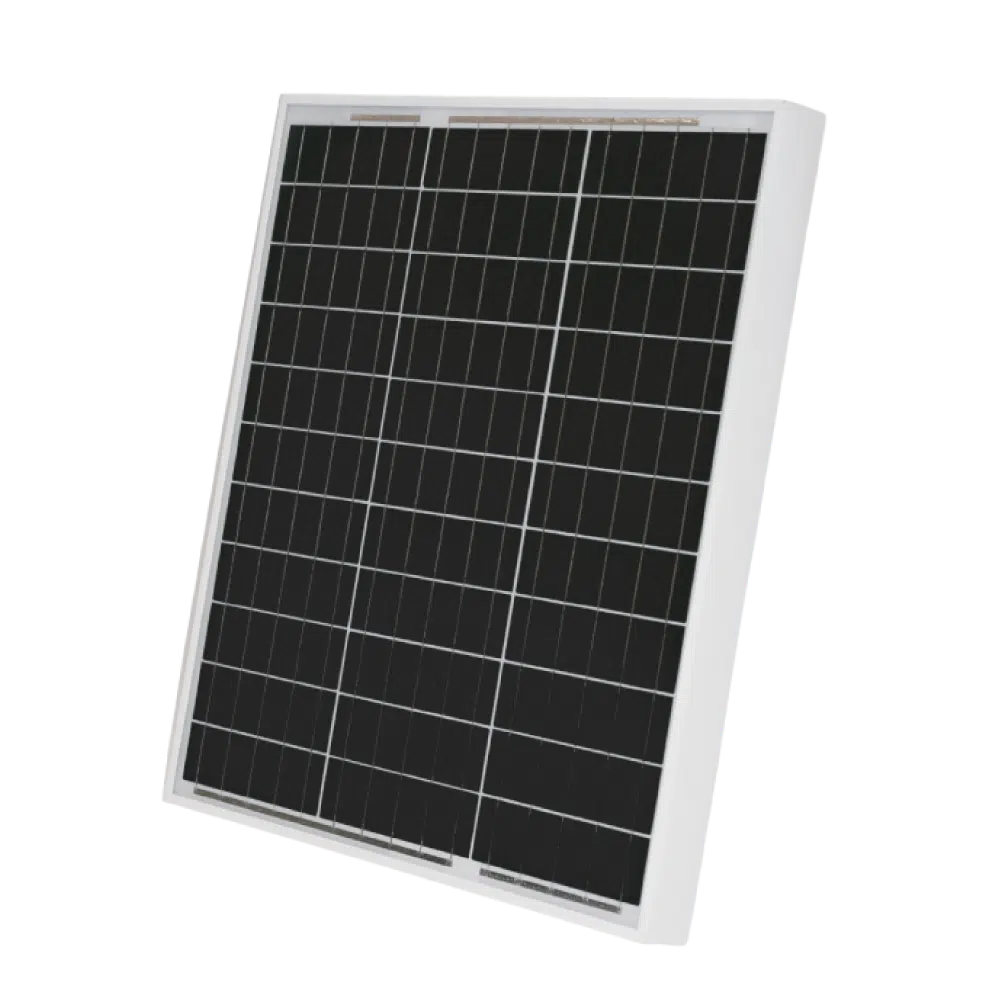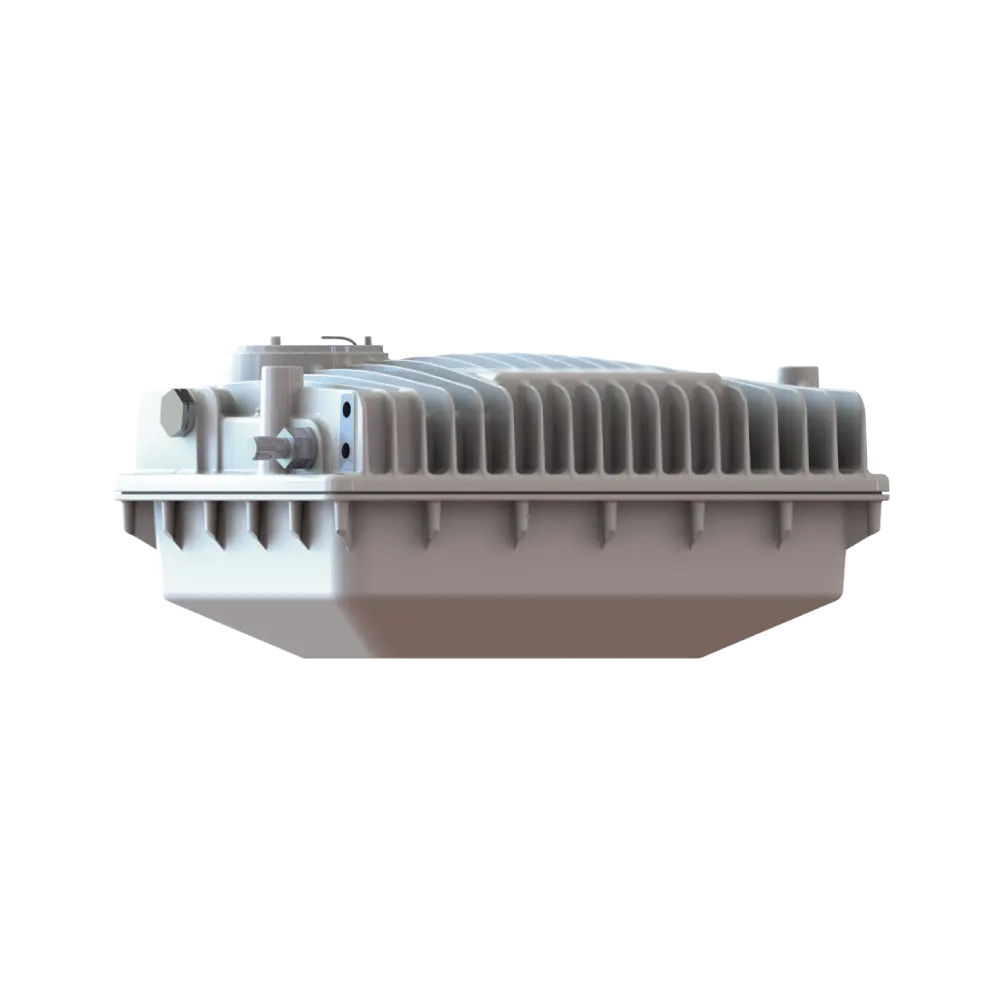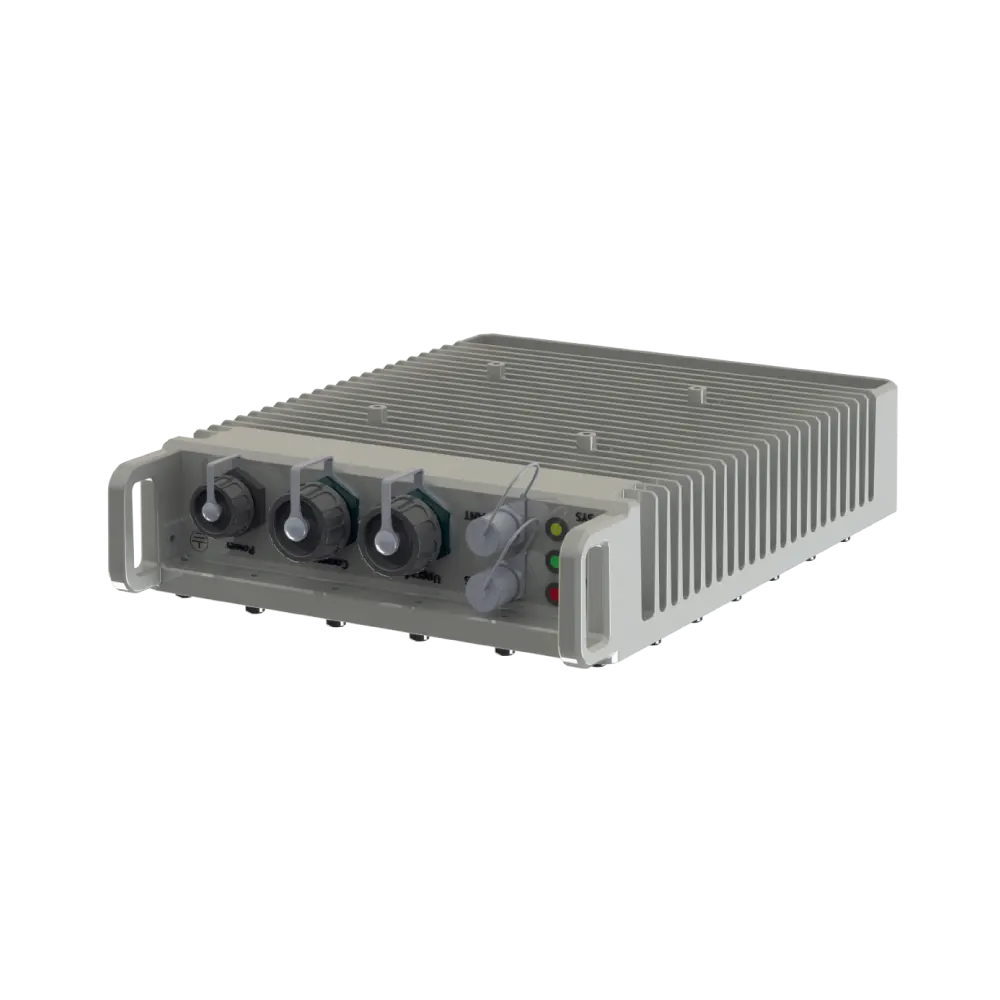We developed our LoRaWAN® gateways to give customers carrier-grade reliability, secure connectivity, and simple deployment. With the ability to cover more using fewer units, they also help reduce rollout costs and achieve a lower total cost of ownership (TCO), while integrating seamlessly with our network server and management tools.
What is the role of a LoRaWAN Gateway?
In a LoRaWAN network, a Gateway serves as a communication bridge between LoRaWAN devices and the LoRaWAN Network Server. When these devices send data, the Gateway receives and forwards it to the Network Server, which processes and manages the information. Similarly, data from the server is sent back to the devices through the Gateway. The Gateway is the crucial link, facilitating communication between the devices and the network, ensuring efficient and reliable communication.
What is the typical range that can be covered by a LoRaWAN gateway?
The coverage area of a LoRaWAN gateway depends on various factors, such as its output power, antenna gain, and environmental conditions. Typically, a LoRaWAN gateway can cover up to 3 to 20 kilometers in open spaces.
However, in urban environments or areas with obstacles, the range may be reduced. It’s essential to conduct a site survey to determine the optimal placement of gateways for the desired coverage.
How many devices can communicate with one gateway?
The capacity of a LoRaWAN gateway depends on factors like network architecture, data rate, and the number of devices in the network. In a typical scenario, a single gateway can handle thousands or even tens of thousands of devices.
However, network planning and optimization are crucial to ensure efficient communication and scalability. Consideration should also be given to factors like duty cycle limitations and the amount of data each device transmits.
Can gateways interact/retransmit with each other?
Gateways in a LoRaWAN network primarily communicate with the network server and not directly with each other. While gateways don’t interact or retransmit messages among themselves, they collaborate by forwarding data to the central network server.
This mechanism ensures efficient communication between devices and the network server, allowing for extended coverage and improved network resilience. Each gateway plays a crucial role in relaying information to the network server, which then manages and processes the data for the connected devices.
Can a LoRaWAN network server (LNS) be installed on a gateway?
Yes, a LoRaWAN Network Server can be installed directly on a Gateway. However, it’s more common to have the LNS run separately from the Gateway, usually in the cloud or on a central server. This makes it easier to scale, manage, and maintain the network.
However, an embedded LNS can provide significant value in specific scenarios, particularly for localized or self-contained deployments. It can integrate directly with existing infrastructure such as Building Management Systems (BMS), reduce the need for IT support, and keep all data on-site, which helps meet strict security requirements.
An embedded LNS can also support industrial protocols like Modbus, BACnet, and MQTT, and work with a wide range of industrial LoRaWAN devices to send data into established systems like PLCs, BMS, or SCADA.
Just keep in mind a few limitations: the network capacity is smaller, you can’t manage devices in bulk from one place, and all devices must stay within the range of that single Gateway.
How many gateways do I need for my project?
Determining the number of gateways depends on factors like coverage requirements, device density, and environmental conditions. Conducting a site survey and considering factors such as topography, buildings, and obstacles helps in planning gateway placement.
LoRaWAN network planning tools are available to simulate coverage and estimate the number of gateways needed based on the project’s specific requirements.
What’s the difference between carrier-grade and regular LoRaWAN gateways?
Carrier Grade LoRaWAN gateways incorporate robust design features, such as enhanced environmental protections like ruggedized casings, temperature control mechanisms, and ingress protection, ensuring resilience in challenging outdoor conditions. They also prioritize superior RF performance through advanced receiver sensitivity and selectivity, optimizing communication range and reliability.
Interference mitigation techniques, like frequency agility and advanced filtering, are implemented to minimize the impact of external noise, enhancing the gateway’s ability to operate in crowded RF environments. These design considerations collectively contribute to the carrier-grade gateway’s superior reliability, reduced maintenance needs, and, consequently, the lowest total cost of ownership for operators.
Which network servers are supported by TEKTELIC gateways?
TEKTELIC gateways are designed to be compatible with any standard LoRaWAN network servers. The gateways follow the LoRaWAN standard, ensuring interoperability with major LoRaWAN network server providers.
Commonly supported network servers include The Things Network (TTN), ChirpStack, and other LoRaWAN-compliant platforms. It’s recommended to check the specific documentation of TEKTELIC gateways for the most up-to-date information on supported network servers.








